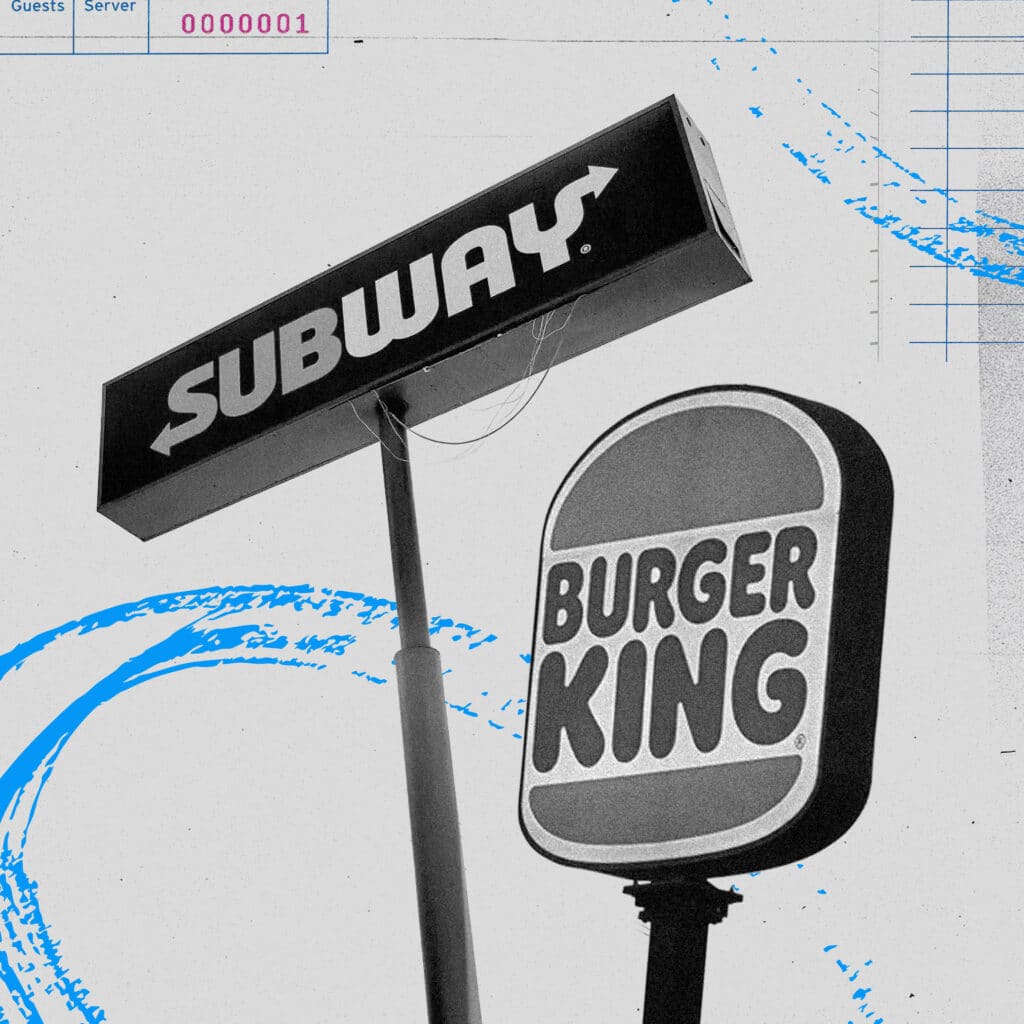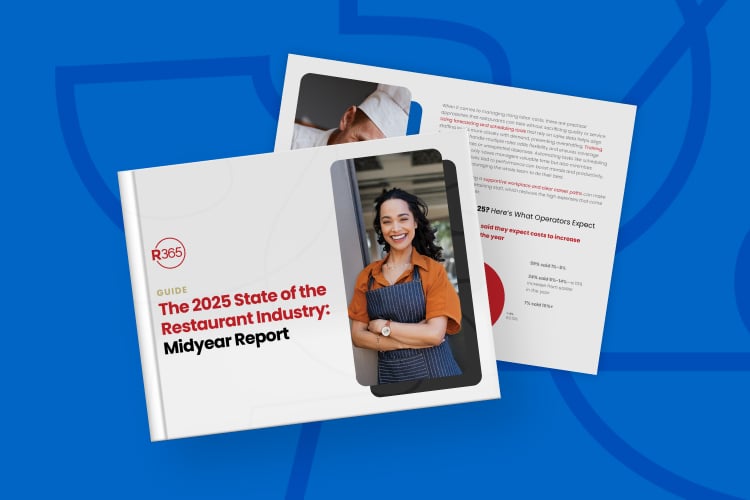This article was written for Bar and Restaurant Magazine by John Moody, Co-Founder and Chief Strategist of Restaurant365.
Restaurant technology innovations are quickly changing the way our industry does business. This is great news for an industry that lagged in innovation for many decades, but with more technological opportunity, comes more technological risk.
Technology is an expensive investment, so it’s important to get it right the first time. Yet, it’s unlikely that most operators have strong backgrounds in technology. So, how do operators sift through all the marketing and sales hype so that they can carefully evaluate new technologies and make informed decisions that meet their restaurants’ needs? Take your time, do your research, and avoid these seven mistakes that operators often make when investing in software.
1. Not creating clear business objectives.
To make the best technology choices, it is important to consider products that have features and functions we can’t live without to understand why your business needs it. Smart technology purchases come from operators who ask the following:
- What problem does it solve?
- How does it solve those problems?
- When will I begin to realize those benefits to my business?
2. Not establishing a realistic budget.
Once operators understand the specific issues that need to be addressed, it is important to determine what funds are available to spend on the technology needed. Without a firm budget, restaurant owners may find themselves running out of money before a complete solution has been built.
Remember that it is fine to start small then build out the solution in a phased approach. Talk to prospective vendors to determine how to best achieve both long- and short-term goals. Start by investing in technologies that can tackle the restaurant’s biggest pain points and create a plan to fund additional improvements over a time period that works with one’s budget and cash flow.
3. Forgoing customer references.
Restaurant owners are constantly bombarded with salespeople, ads, and emails telling them what they need and assuring it will improve business. While the internet is a wealth of knowledge when evaluating potential products and solutions, there is a difference in truly understanding how a product works by speaking with peers who have first-hand experience with it. If a product found on the web looks like a strong fit, ask the company to connect you with someone that can speak about their personal experience with the product, implementation, and ongoing customer support.
4. Investing in generic solutions.
This isn’t to say generic solutions are inferior, but they are simply not built to fulfill the specific needs of restaurant operators. Unlike standard retail businesses, restaurants are manufacturing their product at the same time they’re selling it. Because of that, there are many complexities that come with purchasing product, recording waste, managing inventory and labor, and more. Investing in restaurant-specific tools will help operators avoid performing the time-consuming, manual workarounds often needed to force a “one size fits all” big box solution to perform restaurant-specific tasks, processes, reporting, etc.
5. Assuming everything will work together.
Although many technologies are compatible, restaurant operators can’t assume that multiple disparate systems will easily talk to one another. When solutions can seamlessly transfer data to one another, many tedious and time-consuming tasks can be streamlined or eliminated altogether while reducing the risk of human errors that are inevitable when it comes to manually transferring data.
6. Failure to provide proper training and support.
Even the best technology investments can be wasted if employees do not fully understand how to use it. Most vendors offer free training to support a new technology rollout, so be sure to check with prospective vendors about what initial and ongoing assistance is available before making a purchase.
7. Lack of measurement after implementation.
The value of a product can’t be determined if it is not measured. Owners and operators should make sure the company they purchase from has a strategy to help measure the value of their solution. Never rely on gut instincts when evaluating the usefulness of a purchase. It is not enough to feel as if certain issues are improving; you should be able to prove it. For example, having proof that an intelligence software has reduced a restaurant’s food cost by 5% over the last quarter demonstrates that the product is adding value to the organization and justifies ongoing investments.
Conclusion
Investing in new technology is intimidating, but it does not have to be. Avoiding these common mistakes will help you find the software and systems that will truly impact your business.



